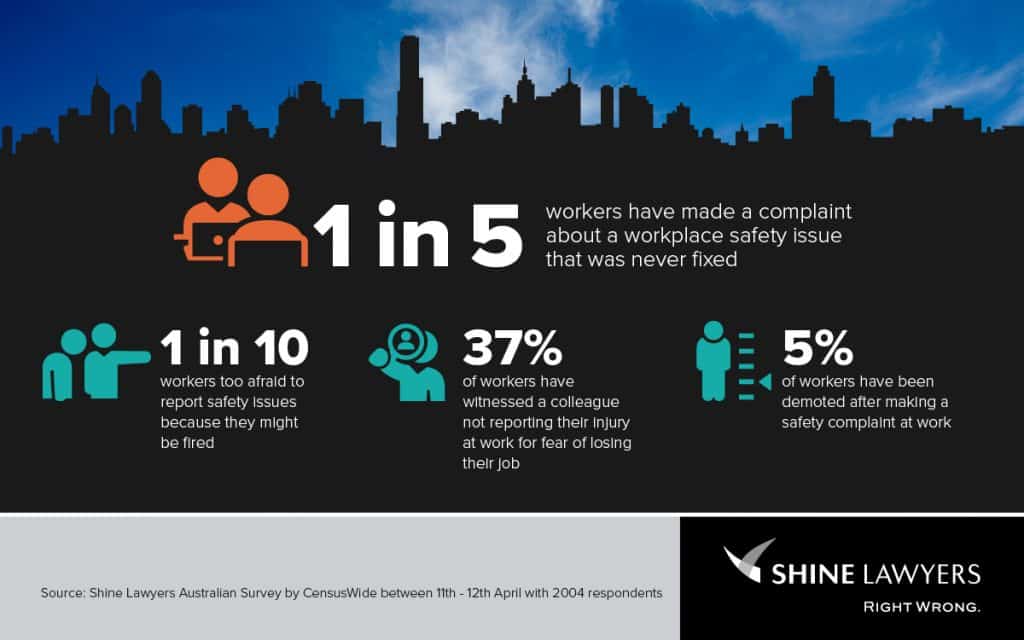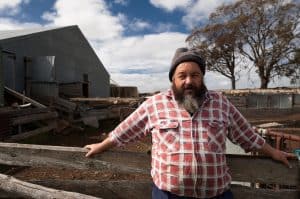 Australian research usually makes use of the industrial and activity categories created by the Australian Bureau of Statistics (ABS). This creates a problem for research into the occupational health and safety (OHS) profession because there is no specific category for the OHS professional. Perhaps even more importantly, it creates problems for readers of these research reports because we risk imposing an interpretation on the data that is false. SafetyAtWorkBlog sought clarification from the ABS.
Australian research usually makes use of the industrial and activity categories created by the Australian Bureau of Statistics (ABS). This creates a problem for research into the occupational health and safety (OHS) profession because there is no specific category for the OHS professional. Perhaps even more importantly, it creates problems for readers of these research reports because we risk imposing an interpretation on the data that is false. SafetyAtWorkBlog sought clarification from the ABS.
The ABS has a category that seems Continue reading “OHS – The Hidden Profession”


 The
The  Today the Medical Journal of Australia released a
Today the Medical Journal of Australia released a  There seems to be a growing community frustration with regulators who hesitate to prosecute about breaches of laws, including occupational health and safety (OHS) laws, and about options that sound reasonable, like
There seems to be a growing community frustration with regulators who hesitate to prosecute about breaches of laws, including occupational health and safety (OHS) laws, and about options that sound reasonable, like 
 Australia’s occupational health and safety (OHS) agenda seems largely dictated by high risk industries like construction in some States and the mining sector in others. But agriculture is common to all Australia States and is consistently included in the official and unofficial workplace fatality data. New research has been released into serious farm injuries and which voices are the most effective in improving the situation.
Australia’s occupational health and safety (OHS) agenda seems largely dictated by high risk industries like construction in some States and the mining sector in others. But agriculture is common to all Australia States and is consistently included in the official and unofficial workplace fatality data. New research has been released into serious farm injuries and which voices are the most effective in improving the situation.